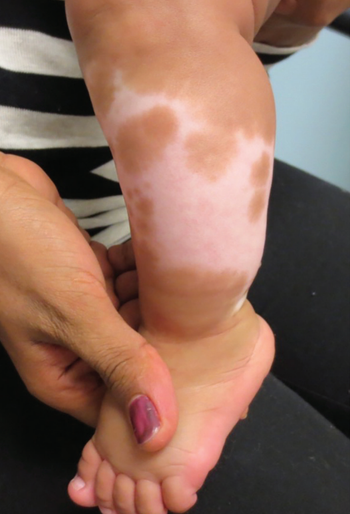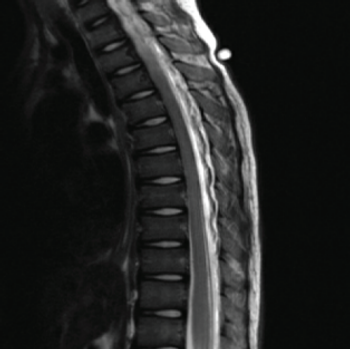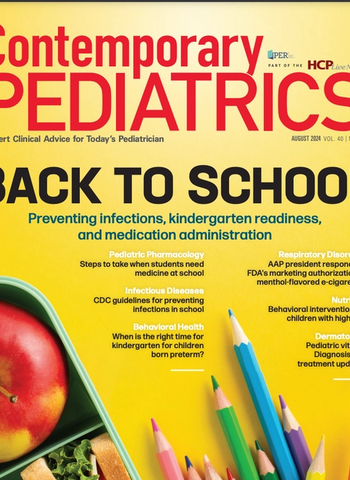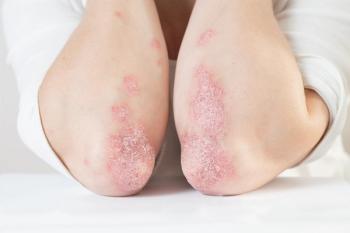
Donna Hallas PhD, PPCNP-BC, CPNP, PMHS, FAANP FAAN, highlights the August issue of our journal with commentary and recommendations.

Donna Hallas PhD, PPCNP-BC, CPNP, PMHS, FAANP FAAN, highlights the August issue of our journal with commentary and recommendations.

The survey report shed light on the crucial role of bedtime routines in children aged 1-6 years. The findings of the survey emphasized the significance of establishing consistent bedtime routines for children in this age group.

Standard treatment for vitiligo includes topical corticosteroids, topical calcineurin inhibitors, oral corticosteroids, and phototherapy, among others.

Dressing changes are less painful for neonates and minimize the risk of bleeding or oozing. In addition, complete wound coverage with the dressing helps prevent dehydration and heat loss.

Many preterm infants are considered to be “caught up” to their peers during the toddler years, but evidence is mounting that even late preterm infants may experience ongoing academic and developmental delays.

An 11-year-old boy with a history of asthma and allergic rhinitis presented to the emergency department (ED) with worsening fatigue, minimal responsivity to external stimuli, and diffuse muscle weakness for 2 months.

Jon Matthew Farber, MD, offers quick thoughts on a recent study regarding bone health and activity among adolescents withJIA.

Using school-based approaches and staying in close contact with school personnel can increase overall care for the child.

Editor-in-chief Tina Tan, MD, FAAP, FIDSA, FPIDS, highlights the August 2024 issue of Contemporary Pediatrics.

Donna Hallas. PhD, PPCNP-BC, CPNP, PMHS, FAANP, FAAN, underscores the critical need for proper vaccination and effective communication between parents and schools to ensure sick children stay home, while addressing logistical challenges faced by parents.

A discussion on the importance of communication between healthcare providers, school personnel, families, and children in the administration and organization of medication in schools.

The primary endpoint of the study was to measure childhood stigma related to disease visibility.

"This decision will have serious health consequences for children and young people," stated the president of the American Academy of Pediatrics.

The USPSTF is encouraging providers to promote behavioral interventions as the primary effective intervention for weight loss in children and adolescents.